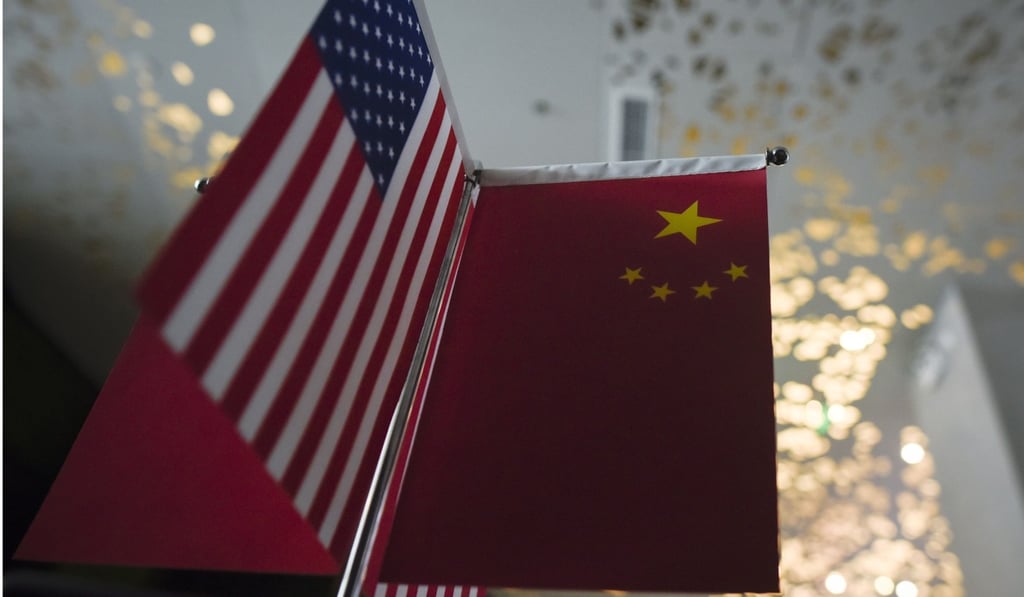US probe into Chinese trade practices will only harm American businesses
William Marshall says any aggressive action to try and protect American businesses this way will only invite Chinese retaliation, either within or outside the scope of the WTO

It is beyond the scope of this piece to argue the relative merits of these allegations. What is clear, though, is that this approach to trade relations with the world’s second-largest economy is wrong. This trade protection measure is far more likely to harm US business interests than help.
The US investigation will examine whether and to what extent the imposition of a special trade remedy is warranted. Section 301 of the Trade Act of 1974 provides a powerful tool to remedy “unfair trade practices” such as violations of trade agreements, or “an act, policy, or practice of a foreign country that is unreasonable or discriminatory and burdens US commerce”. The trade practices in question here are China’s practices on intellectual property rights. The possible remedies on the table include the suspension of or withdrawal from existing trade agreements with China (of which there are none other than the World Trade Organisation agreement) or the imposition of additional duties or some other restriction on Chinese imports.
Whatever remedy is ultimately sought, it must be proportional to the value of the burden or restriction to US commerce. Thus, Lighthizer’s first impossible mission is perhaps to attempt to quantify the extent of any value lost through the allegedly unfair Chinese intellectual property policies.
The US would be expected to first pursue dispute resolution at the WTO. Interestingly, it seems no such request for consultations with China have been forthcoming.
The US and China can beat the trade deficit with a treaty, not all-out war
